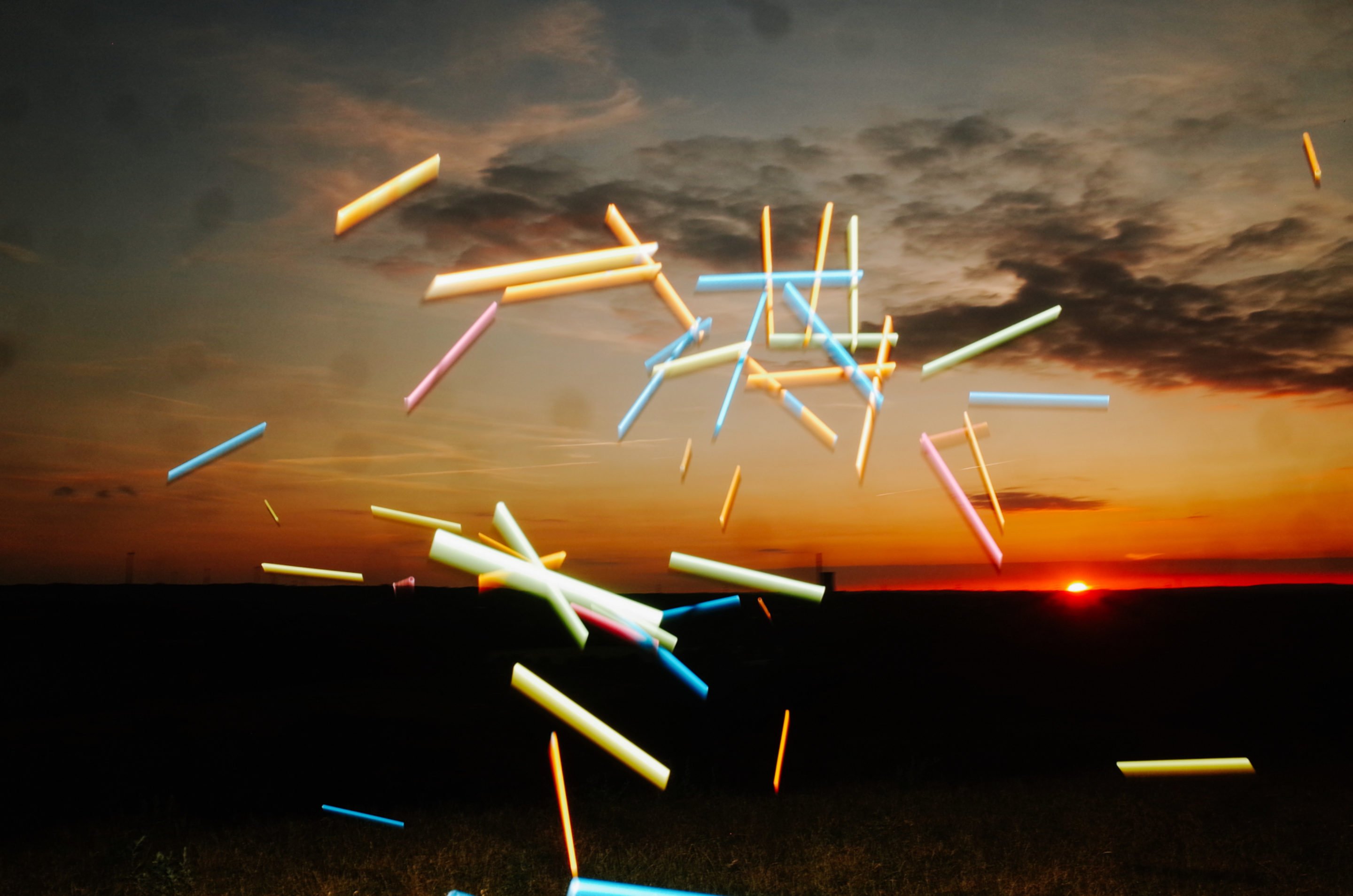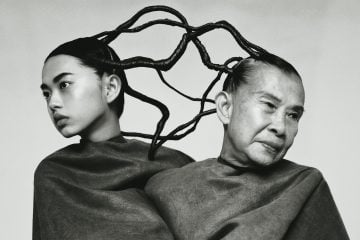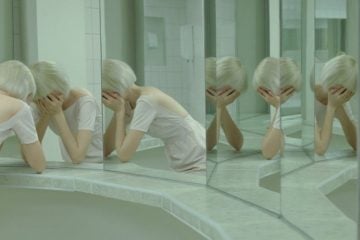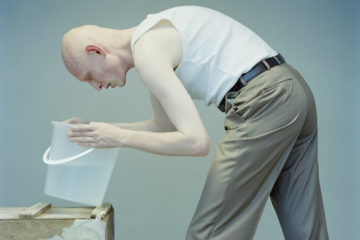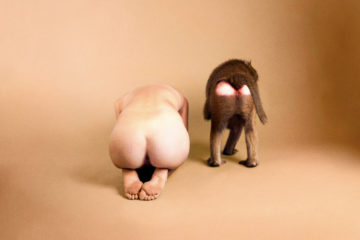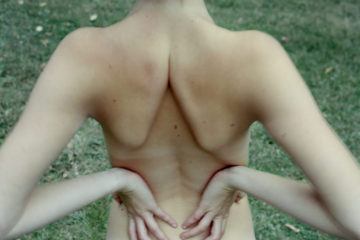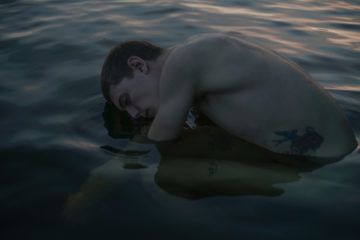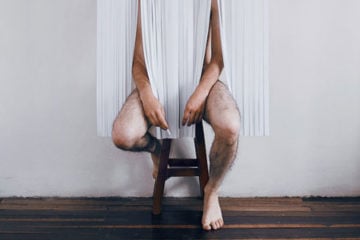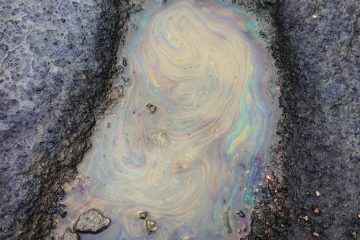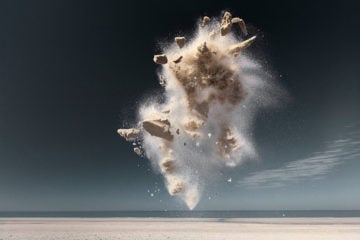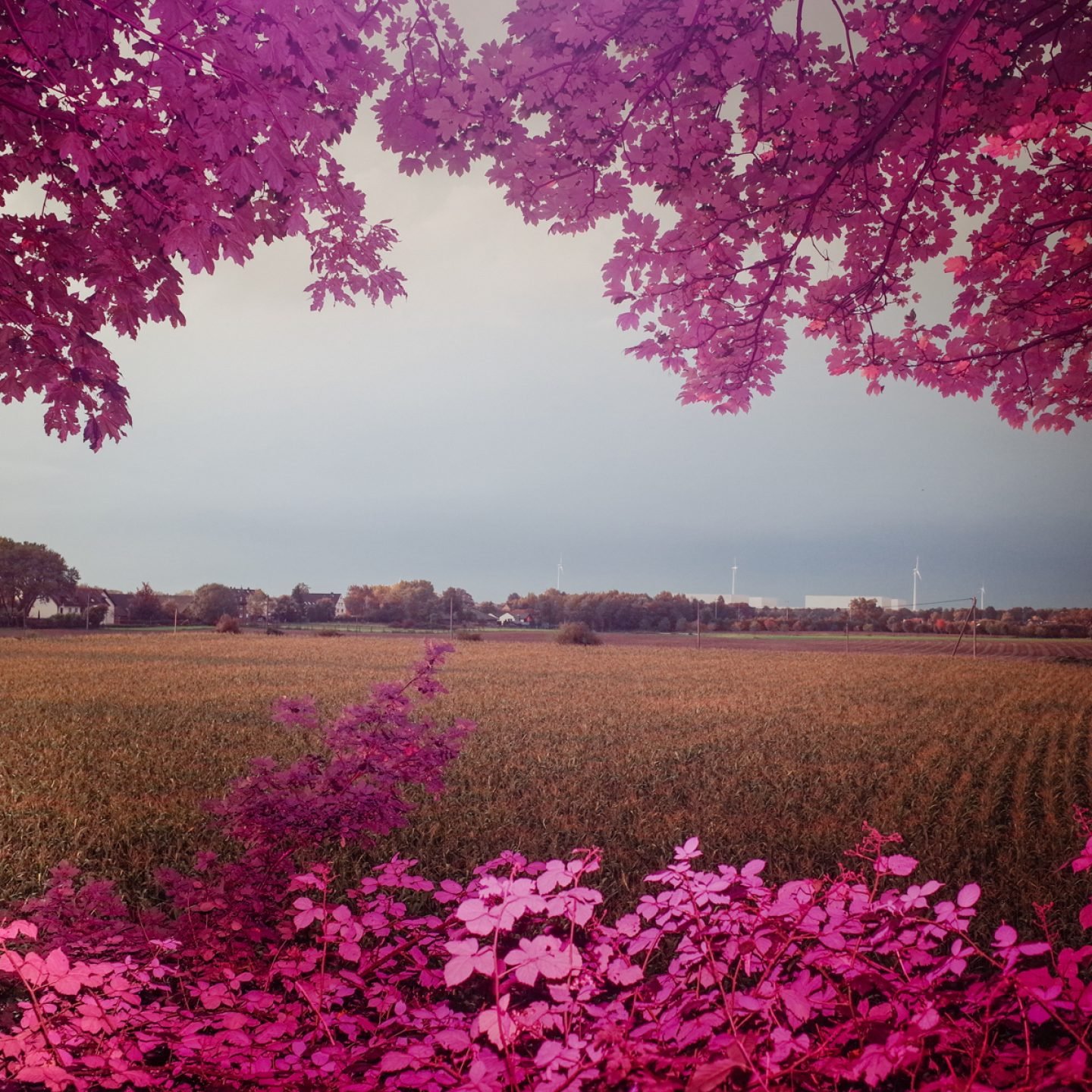
Stranger Things From Max Slobodda
- Name
- Max Slobodda
- Project
- Stranger Things
- Words
- Alice Harrison
A lack of logic illuminates the surreal stills of Max Slobodda’s ‘Stranger Things’ series. Beneath a veil of mystique, the Dortmund-based photographer leaves no trace of context, inviting viewers to determine their own narrative.
Through his deconstruction of reality, Max explores the human need for logical explanation and asks, “Is it even possible at all to imagine the unimaginable and accept it as a fact?” With ‘Stranger Things’, Max aims for the emotions of the viewer to determine the narrative behind each image: “What we see, believe to see, want to see and can see, are all things that work together and simultaneously against each other. In ‘Stranger Things’, I want to let the incomprehensibility be incomprehensible and not to force any logical explanations but rather let the emotions decide absolutely free.” Here, we chat to Max about his transition from street to staged photography, and how a broken camera led him to begin his ‘Stranger Things’ series.
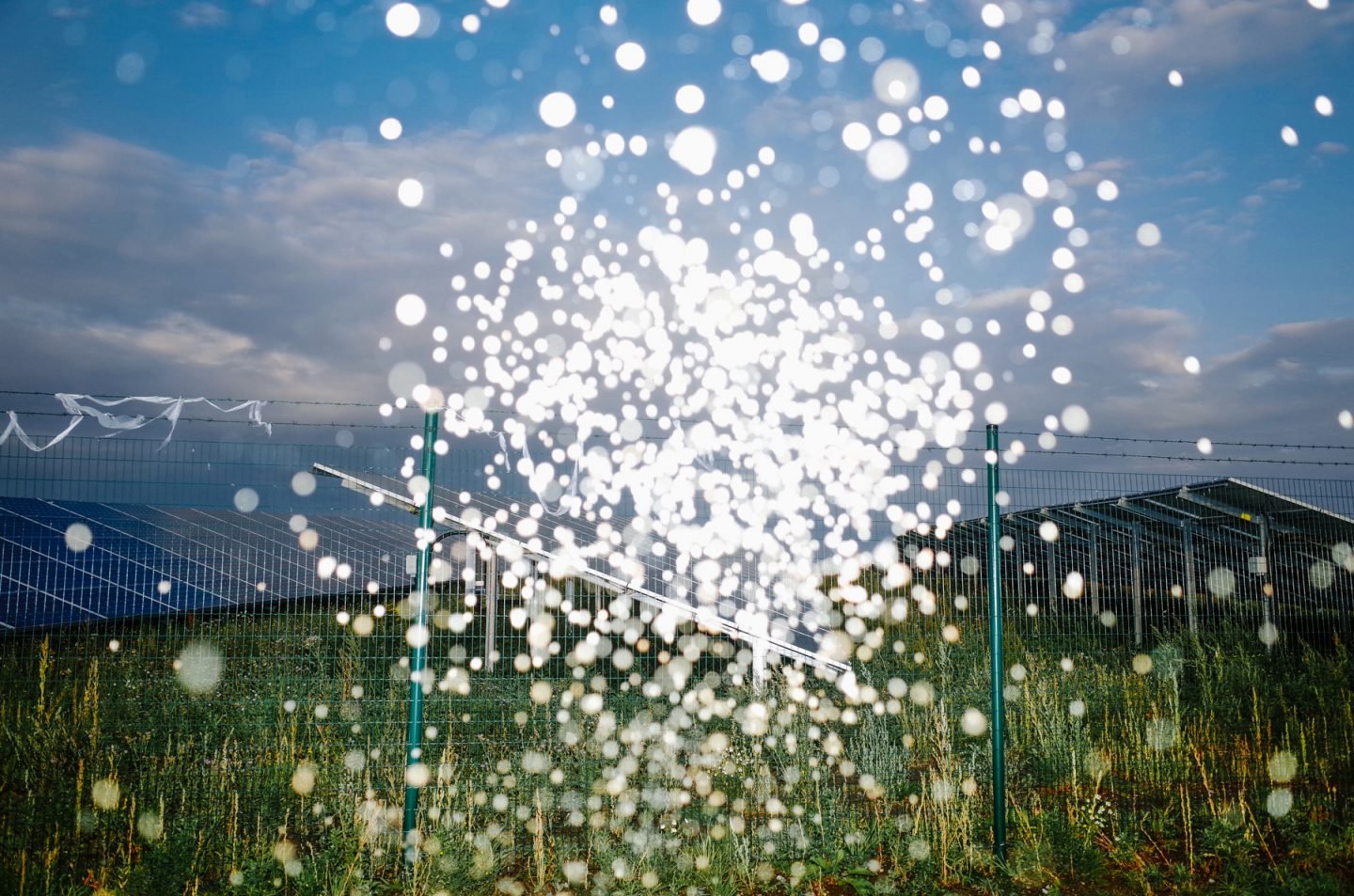
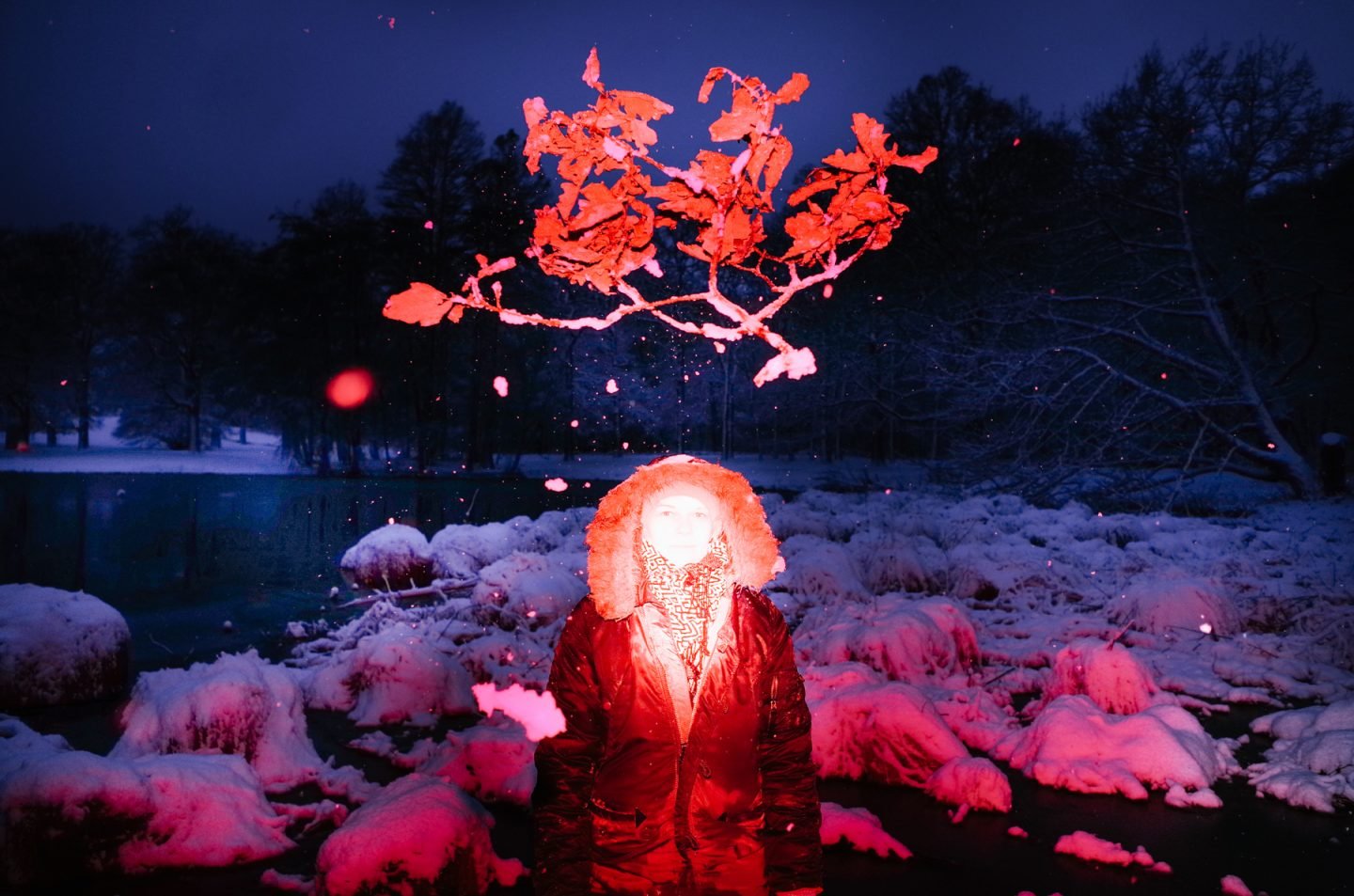
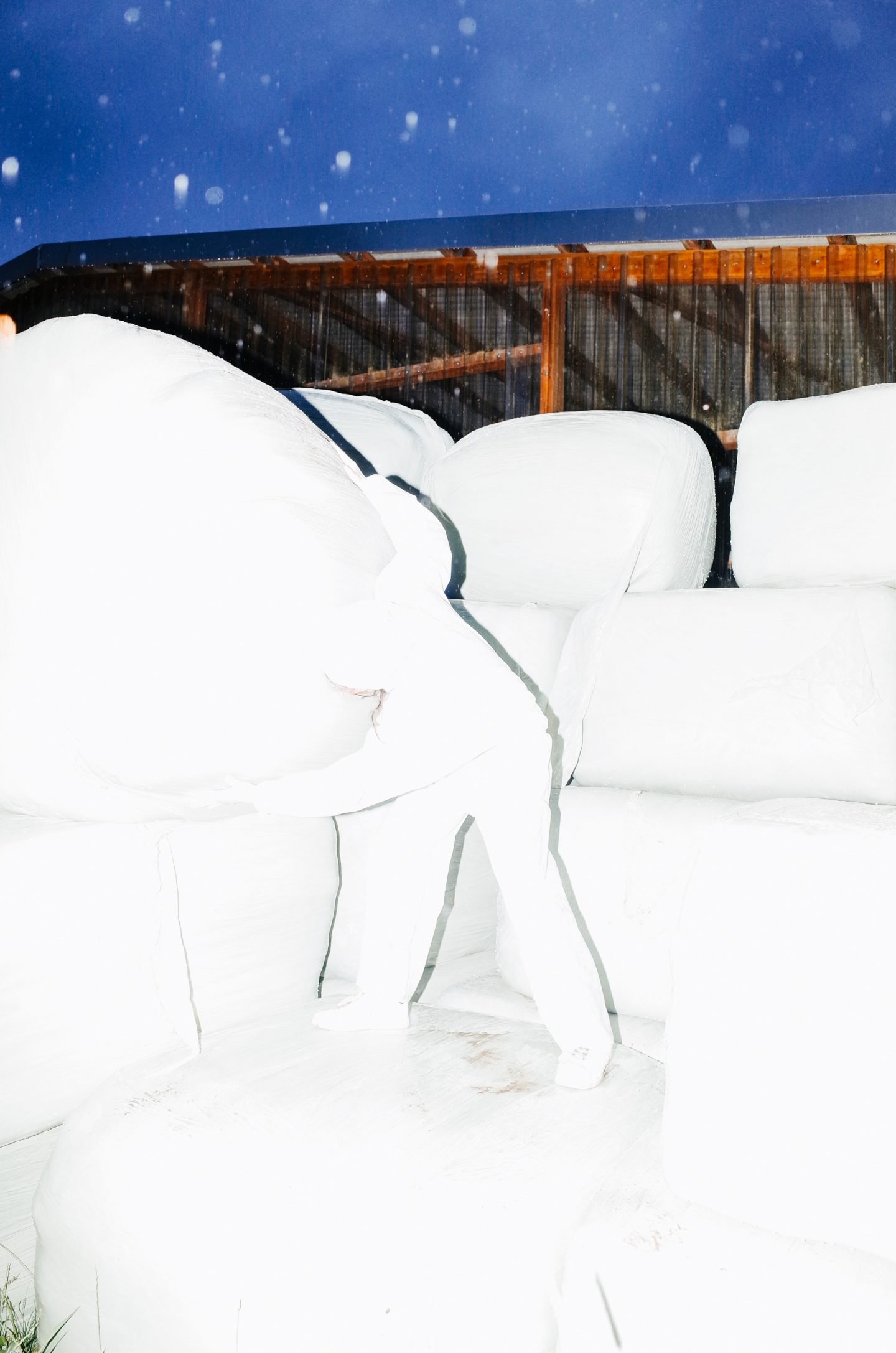
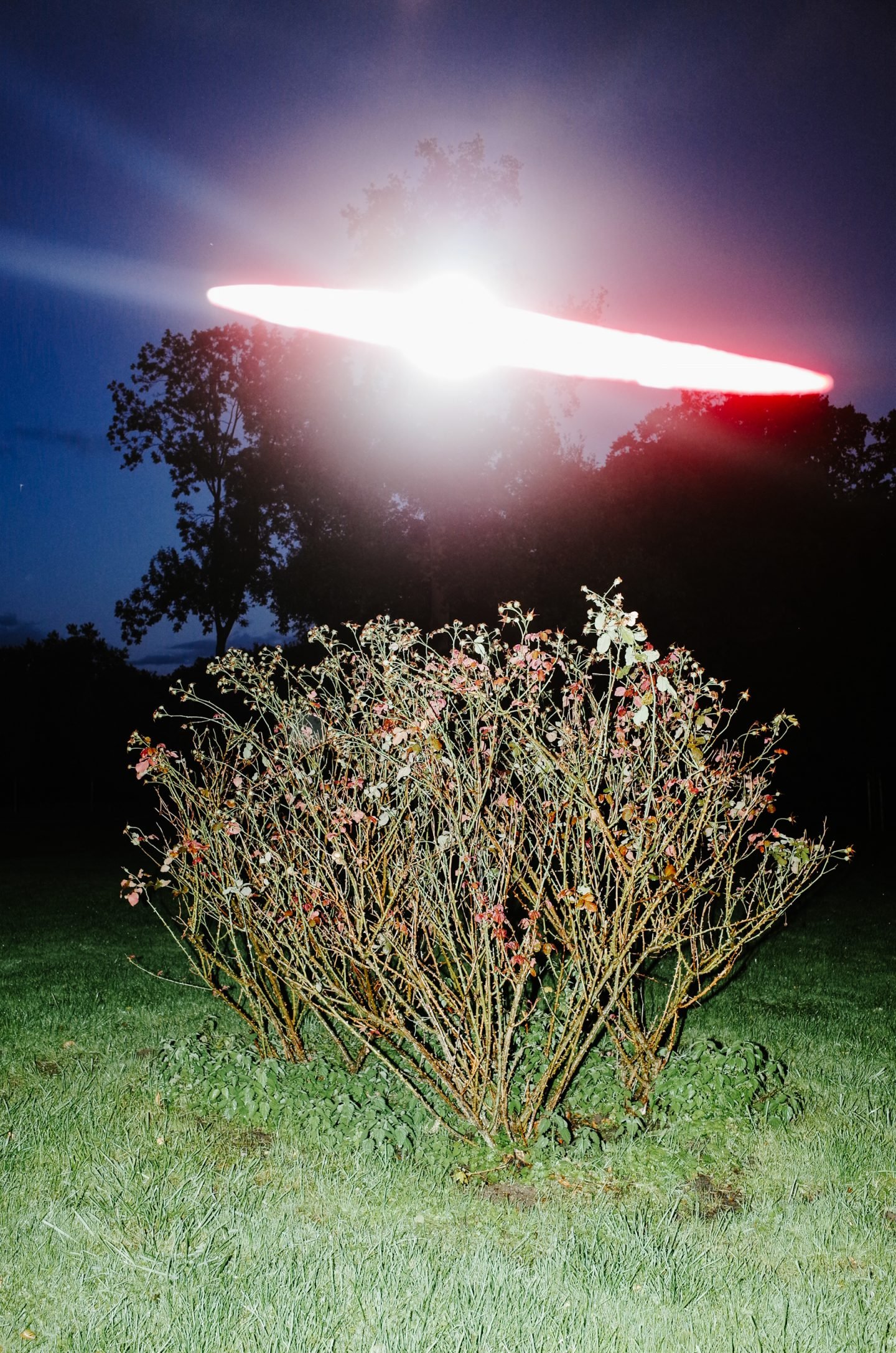
How long have you been working on ‘Stranger Things’?
I’ve been working on this project since mid-2017, I can even recall the exact date I tried experimental photography, it was June 6th. The outcome was the picture with the three glowing hands and the circle. When I took the picture and saw the result I knew I had to continue it, it just felt right. Most of the photos in the ‘Stranger Things’ series are taken on a small mountain (actually it’s more a hill) in Dortmund, Germany. The project is almost finished, I’m already preparing a book on it, which should be finished within the coming weeks.
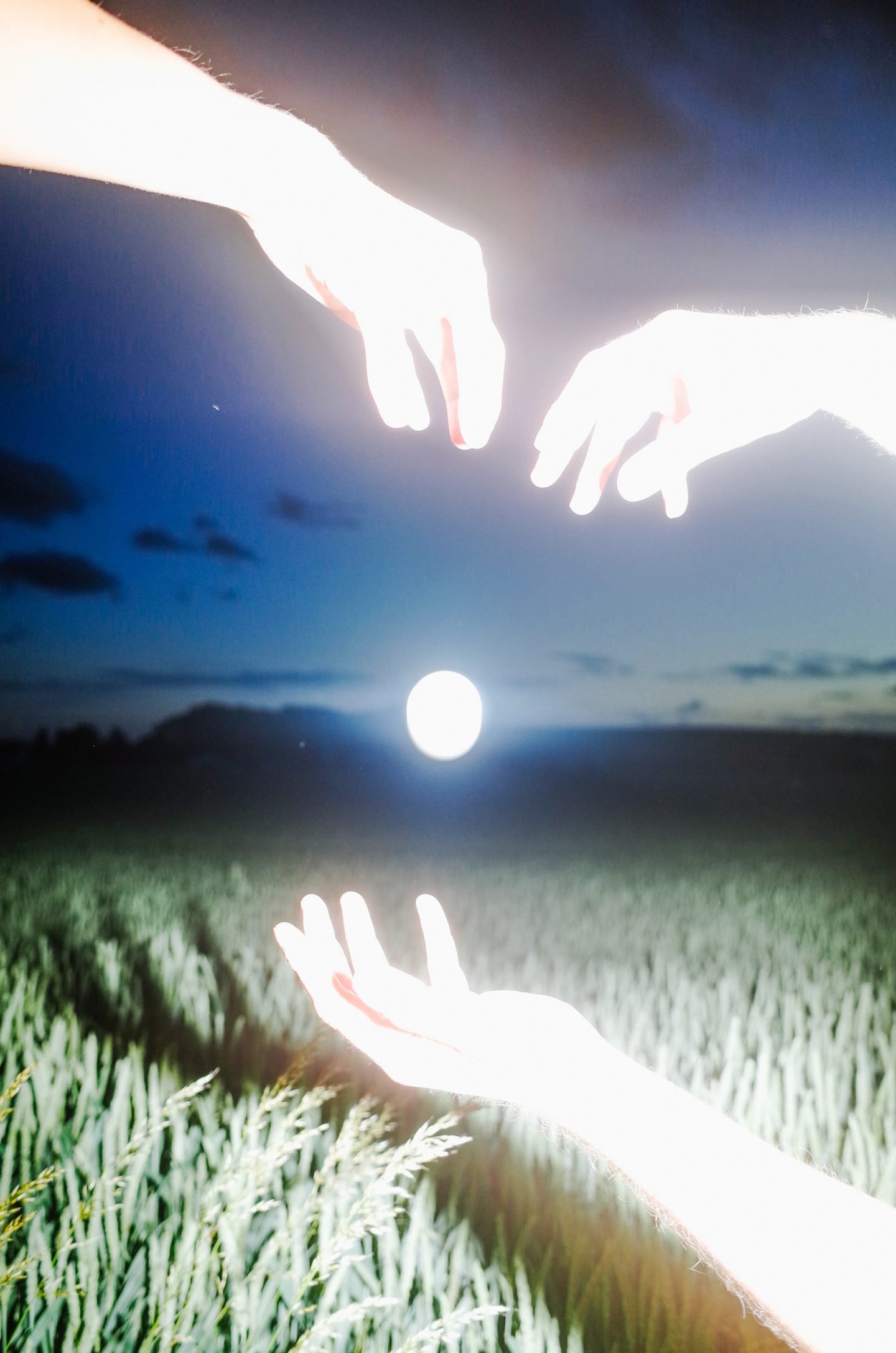
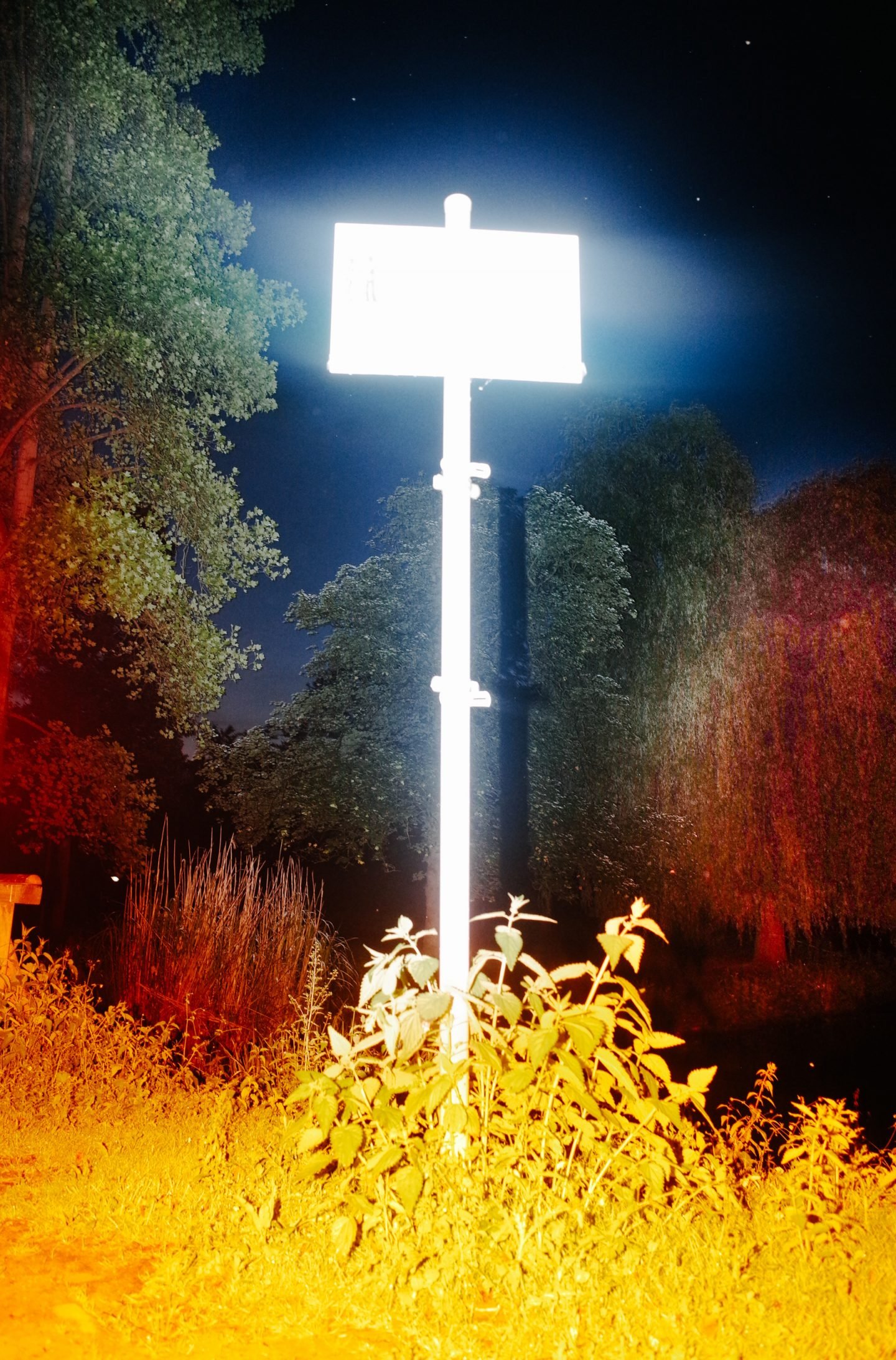
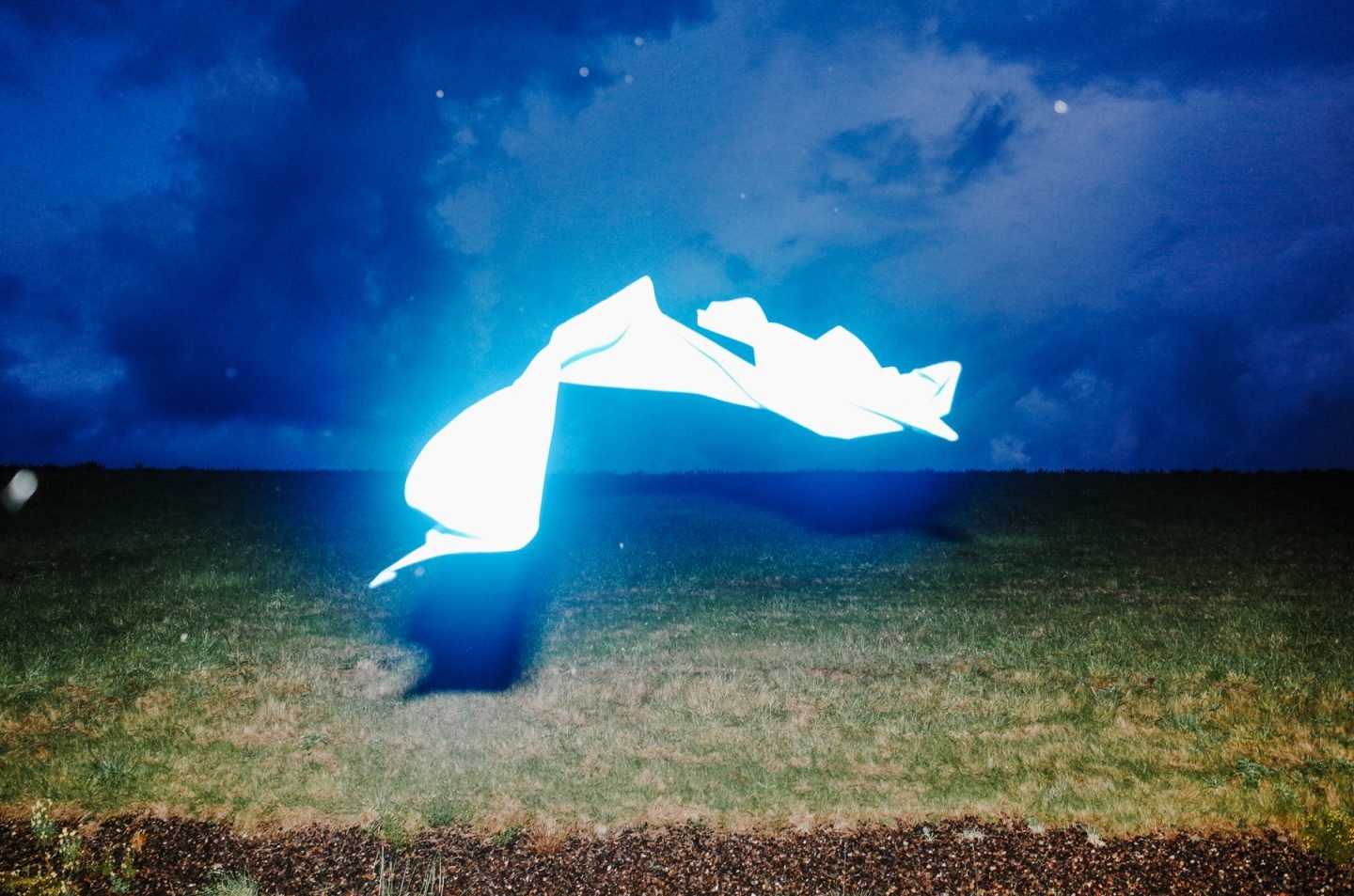
You explain that people are always in search of a logical answer — and find it extremely difficult to accept the inexplicable — but you don’t reference yourself in this statement. Is this series your personal response?
What I like most about this project are the multitude of responses it receives from the viewers. All of them are so different, spanning from “This is the alien invasion!” to, “These pictures just make me want to understand.” I wanted to create a series where you only need the pictures and as little text as possible to create a special and unique mood, which varies from viewer to viewer. There are a lot of questions which come up if you look at this work but let’s say, if I would give each photo a title, the viewer would be unwillingly pushed in an emotional direction determined by that title. This is something I absolutely don’t want. I want the viewer to try to find their own explanation and even if they can’t find a logical answer to the unexplainable, they still have to think creatively about what they see. The incomprehensible in this work is very important for me because the viewer has to use their brain to find their own solution about what they see when they explore the photos.
"I want the viewer to try to find their own explanation and even if they can’t find a logical answer to the unexplainable, they still have to think creatively about what they see."
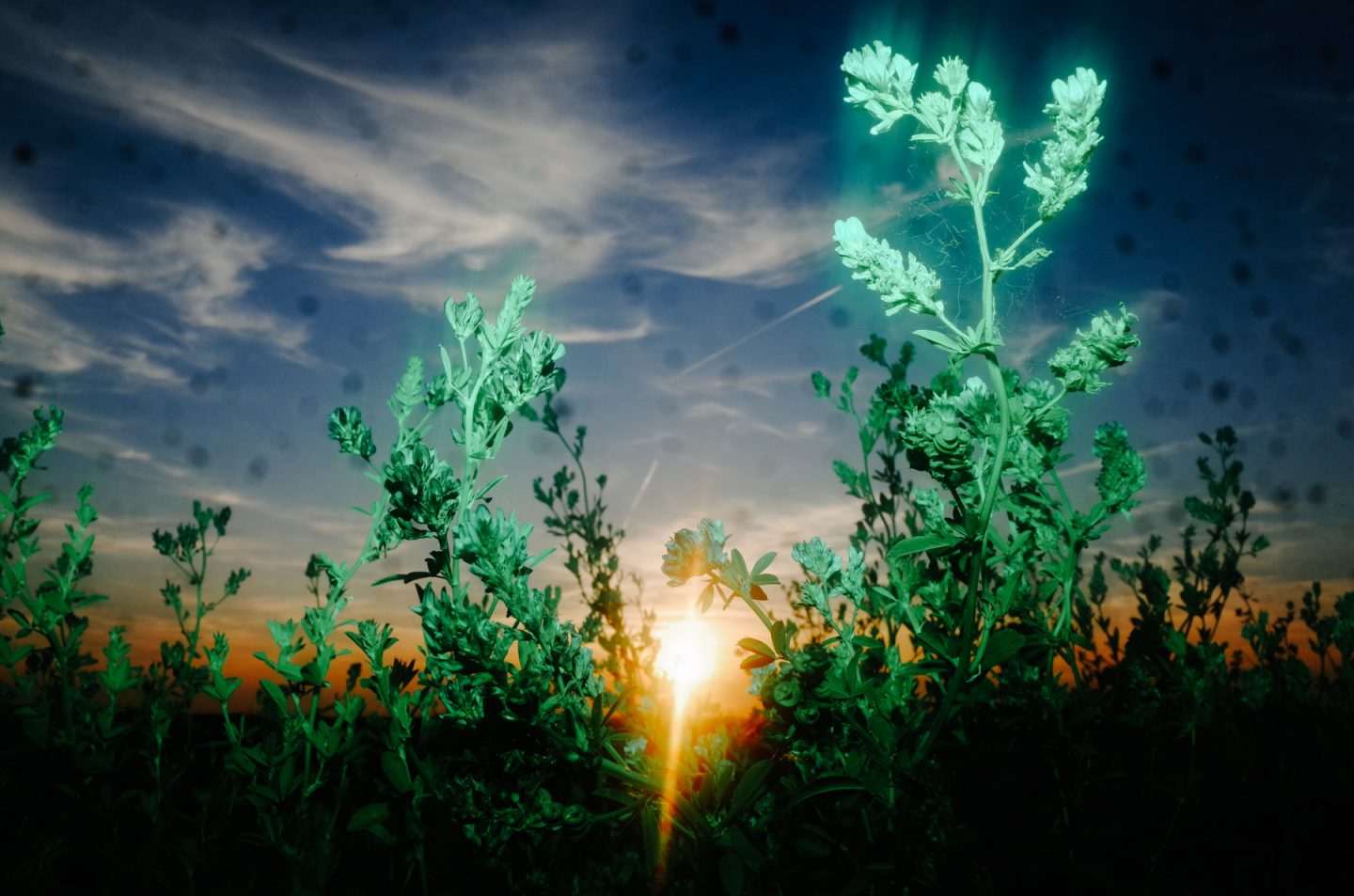
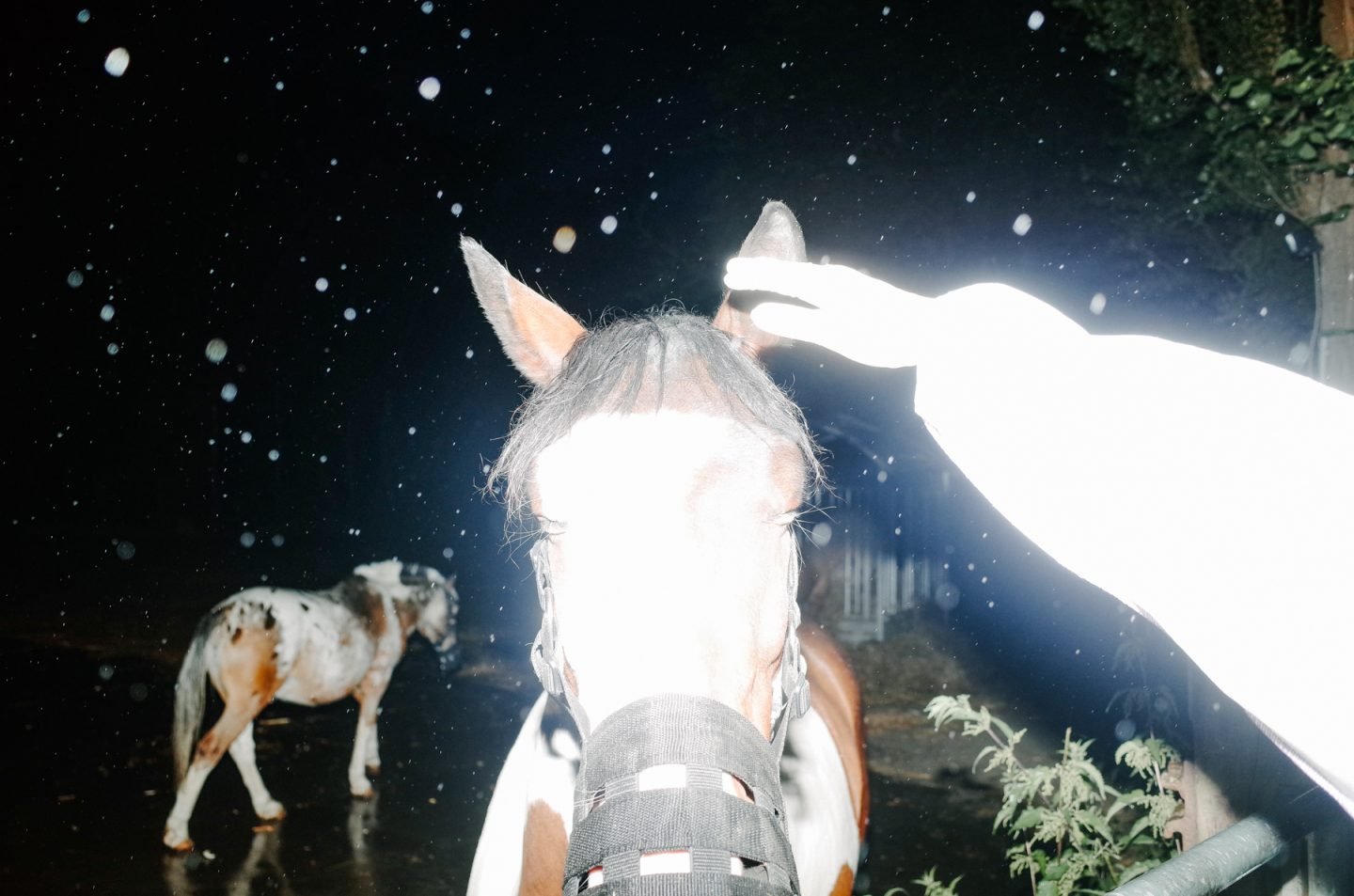
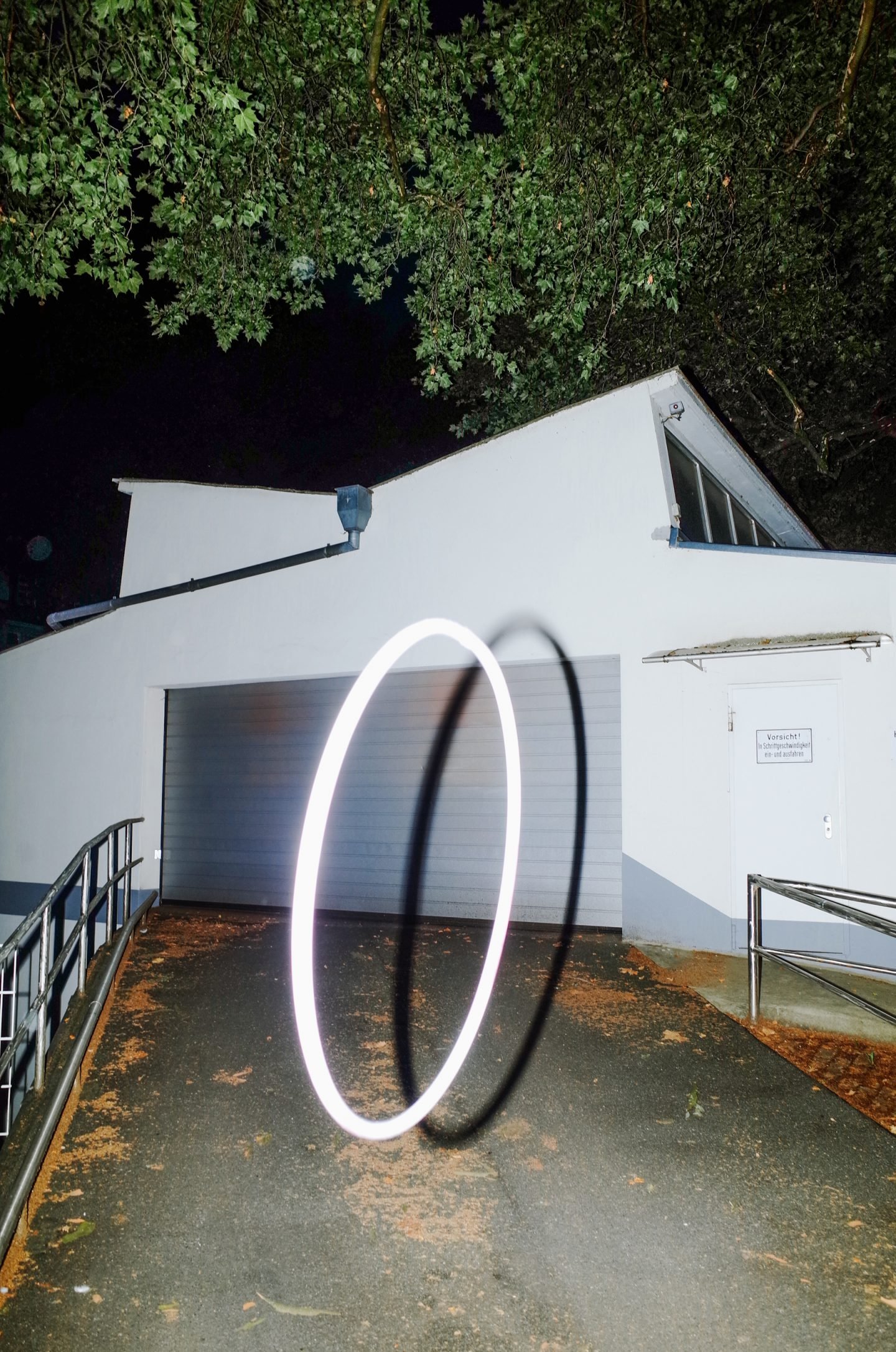
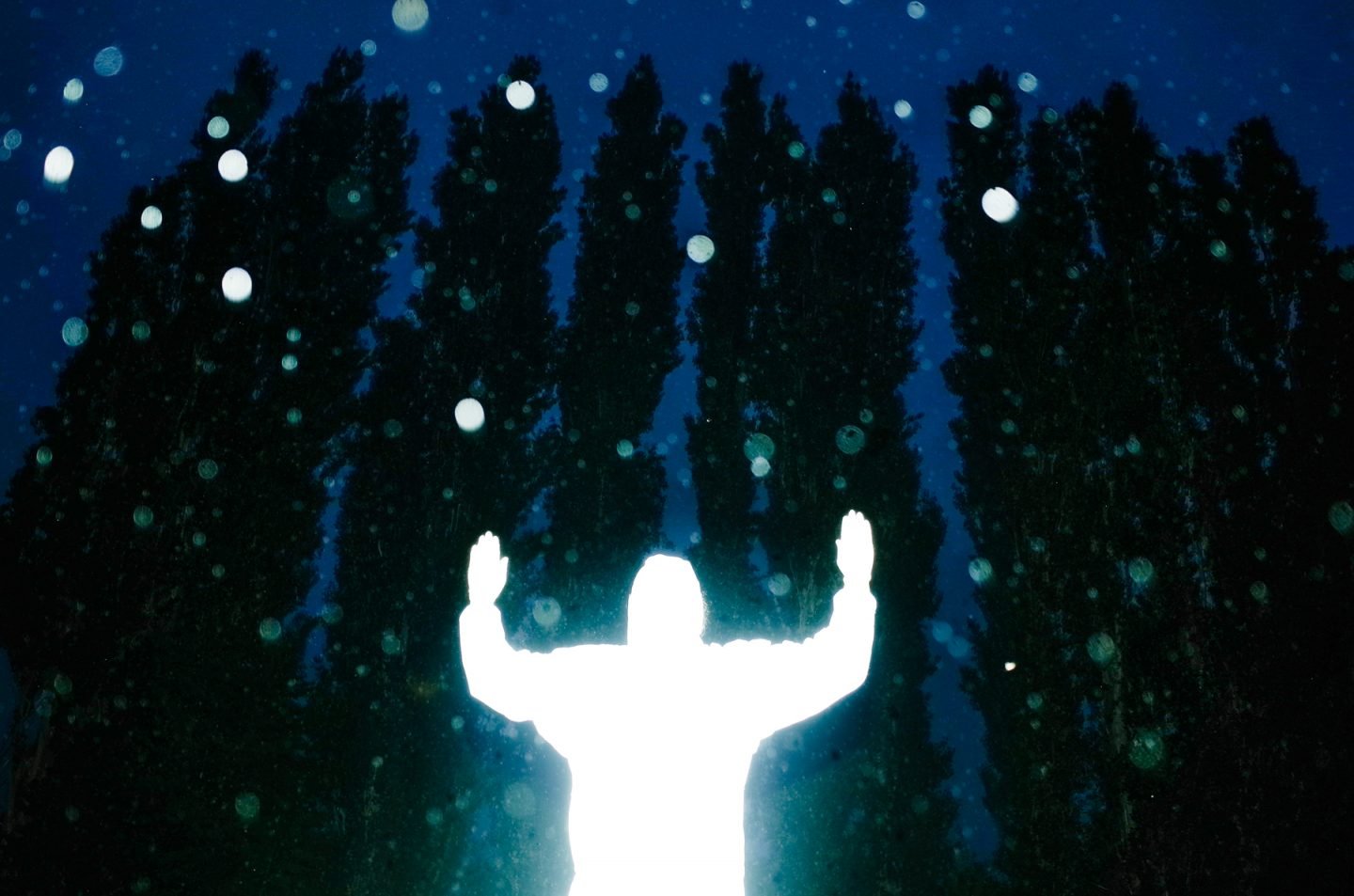
What did this series stem from?
I’m a big fan of Trent Parke’s work, in his project ‘Minutes to Midnight’, he’s working a lot with abstract surrealistic scenarios and overexposures. I had this selfie of him in my mind for a very long time, where he stands in between trees and his body is just shining. I don’t know what it was, probably that special mood in his work, but I guess this was the cause behind wanting to try something similar. I tested it with my own ideas and I was pretty happy with the results. Another major point is that I’d stopped shooting street photography at the time and wanted to try something new. I wanted to expand my horizons.
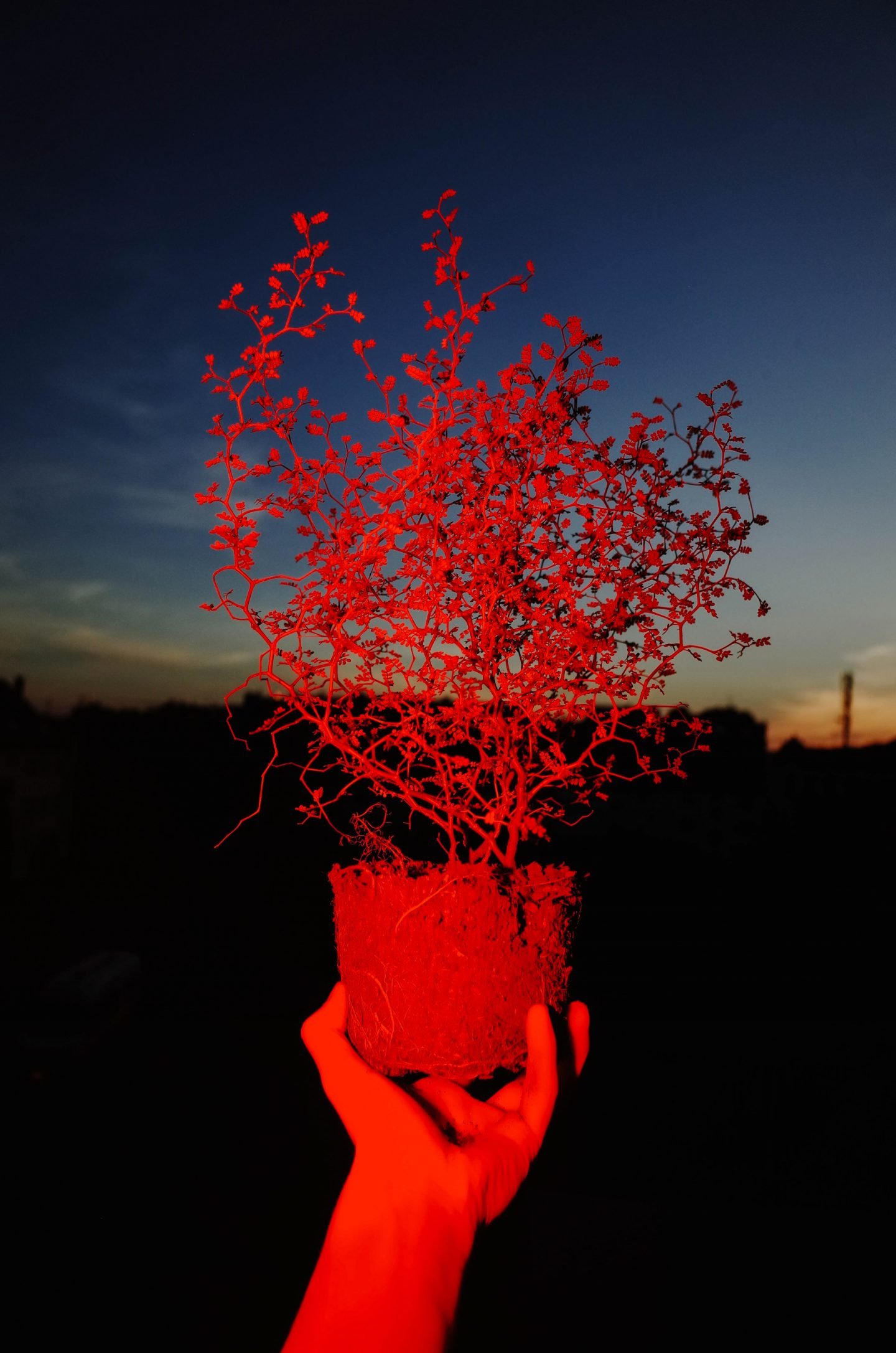
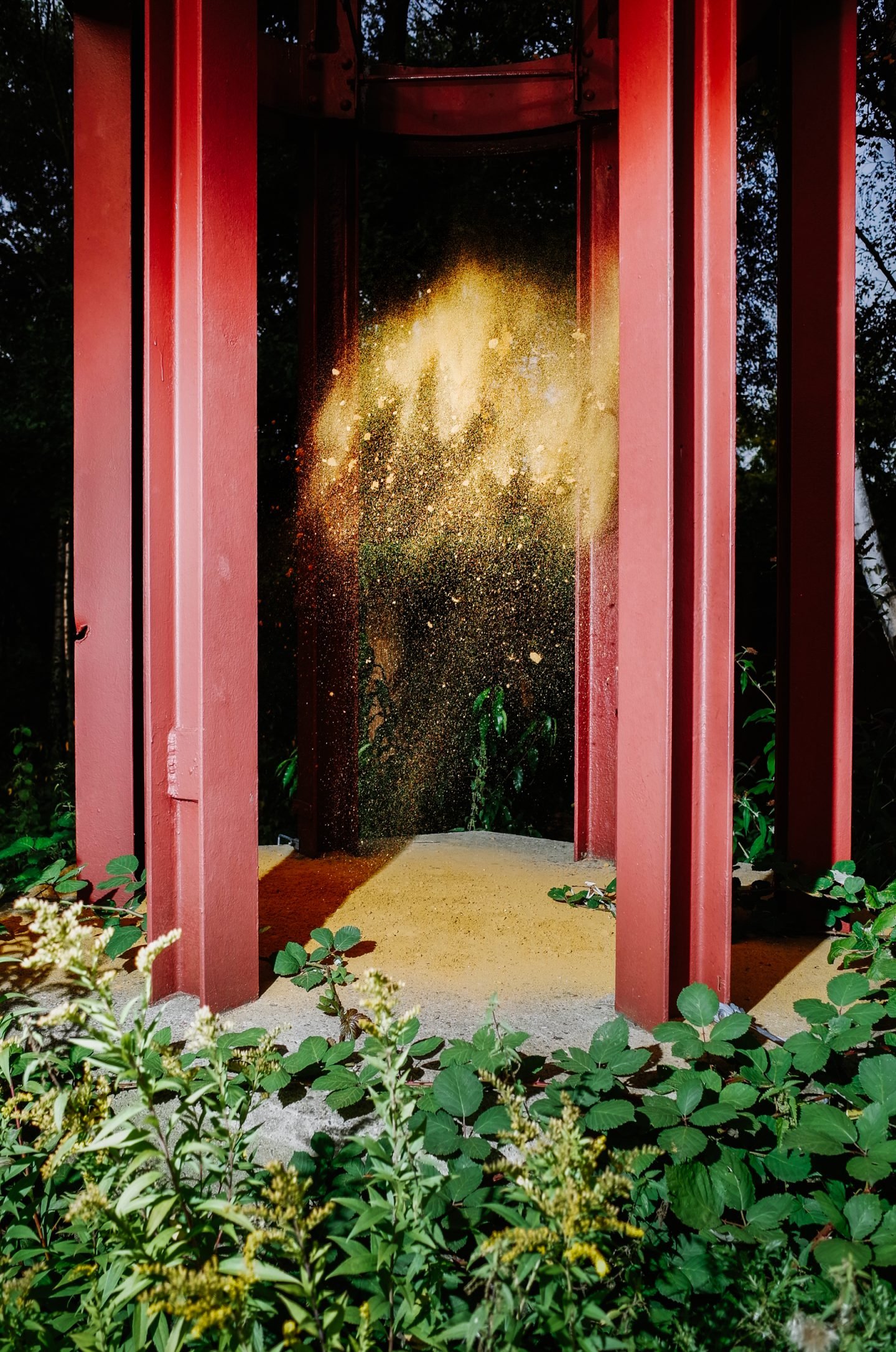
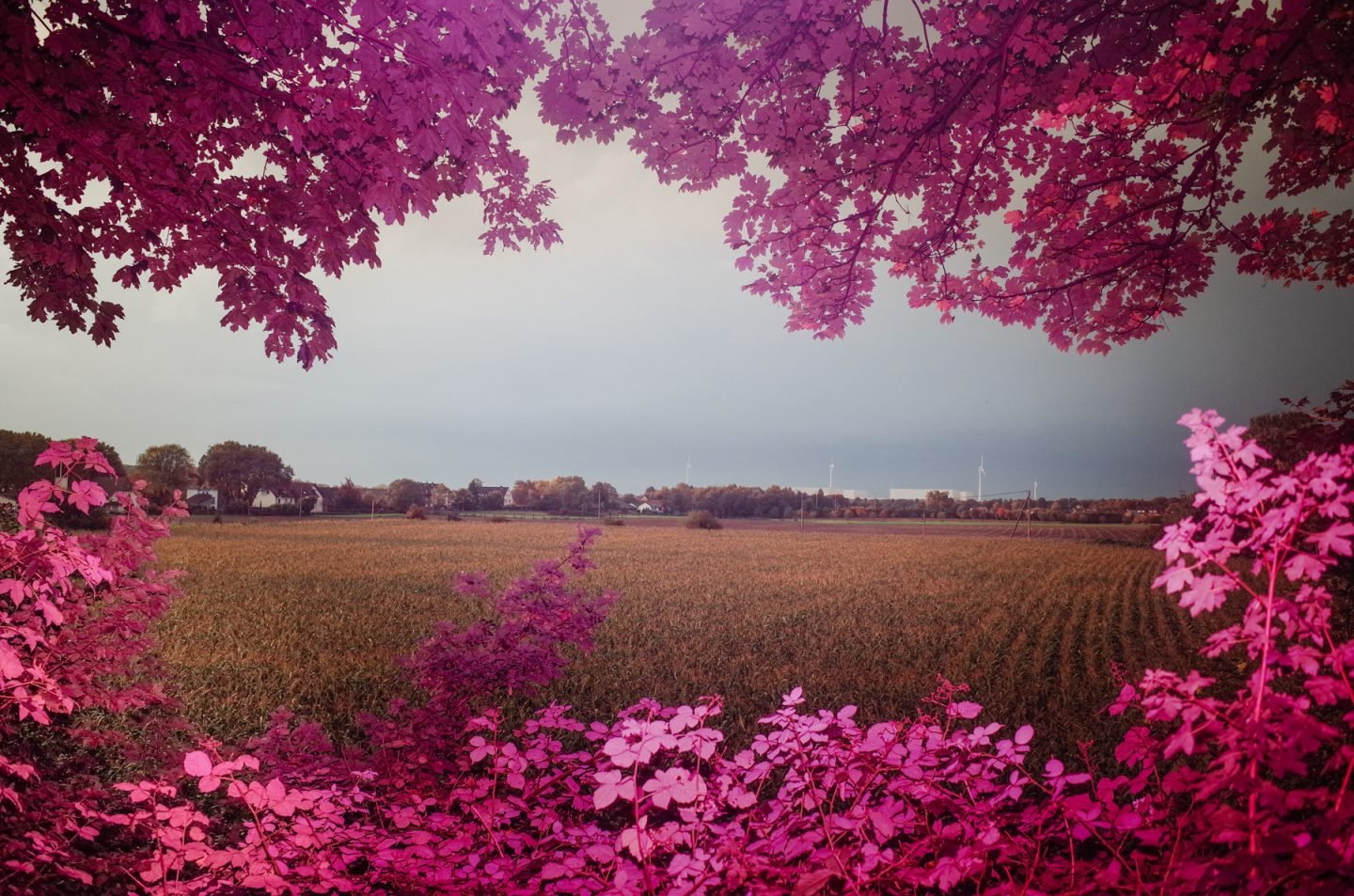
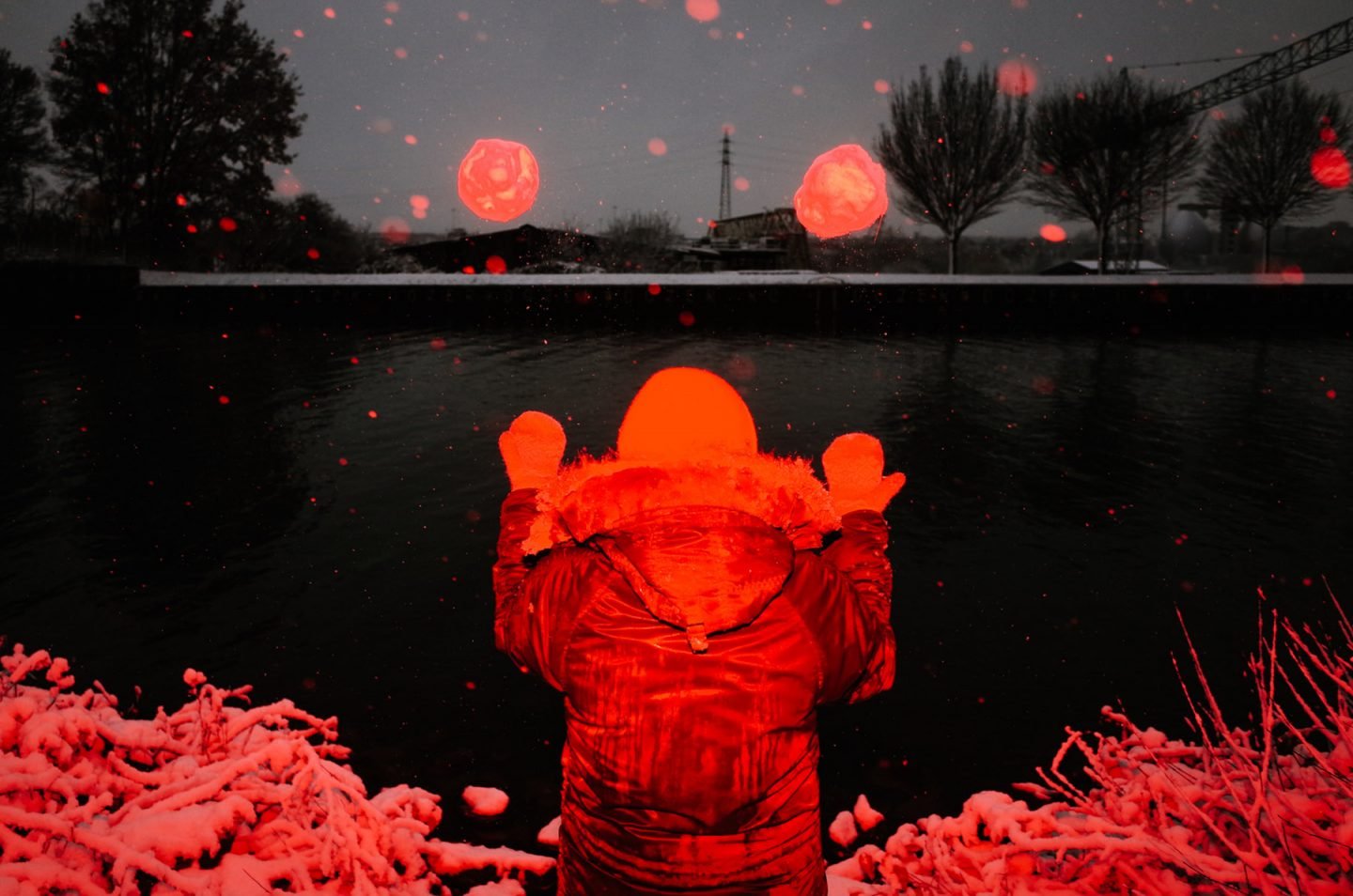
Why did you transition from street photography to staged imagery?
There have been two reasons why I’ve stopped shooting street photography and switched to staged imagery. The first reason is pretty simple — my camera got more and more broken. At the end I couldn’t act fast enough anymore because the camera wouldn’t turn on, so taking fast photos, which is very important in street photography, wasn’t possible anymore. I have another big DSLR camera but that’s not fun for me to shoot with on the street. I prefer small compact cameras, so I’m more flexible.
I took the half broken camera as a sign to try something new. The staged photography was perfect for it, because I could work with the broken camera — do you see the dust on some pictures? That’s because I can’t shoot higher then f 2.8, after that the picture gets full with dust dots. It’s a cool effect but it doesn’t appear on every image.
The main reason for the transition was that street photography stopped bringing me satisfaction. Maybe I gave up too early, but going out, shooting for days and days and coming home without any results was rather depressing. Of course, there were moments where I was happy about a successful shot, otherwise I wouldn’t have done it for so long. But that’s what street photography is about — you need a lot of patience. I’m pretty sure I’ll be back on the streets to take photos soon.
In my street photography I’ve always tried to create surrealistic pictures — pictures where people look at it and wonder what’s going on. I love it if I have to explore a photo to understand it. So, when I came up with the idea for the staged series ‘Stranger Things’ I wanted to create something similar. In my opinion you can still see the connection between the street shots and the new work. I think it’s like a continuation of my street photography, it’s just staged and even more weird.
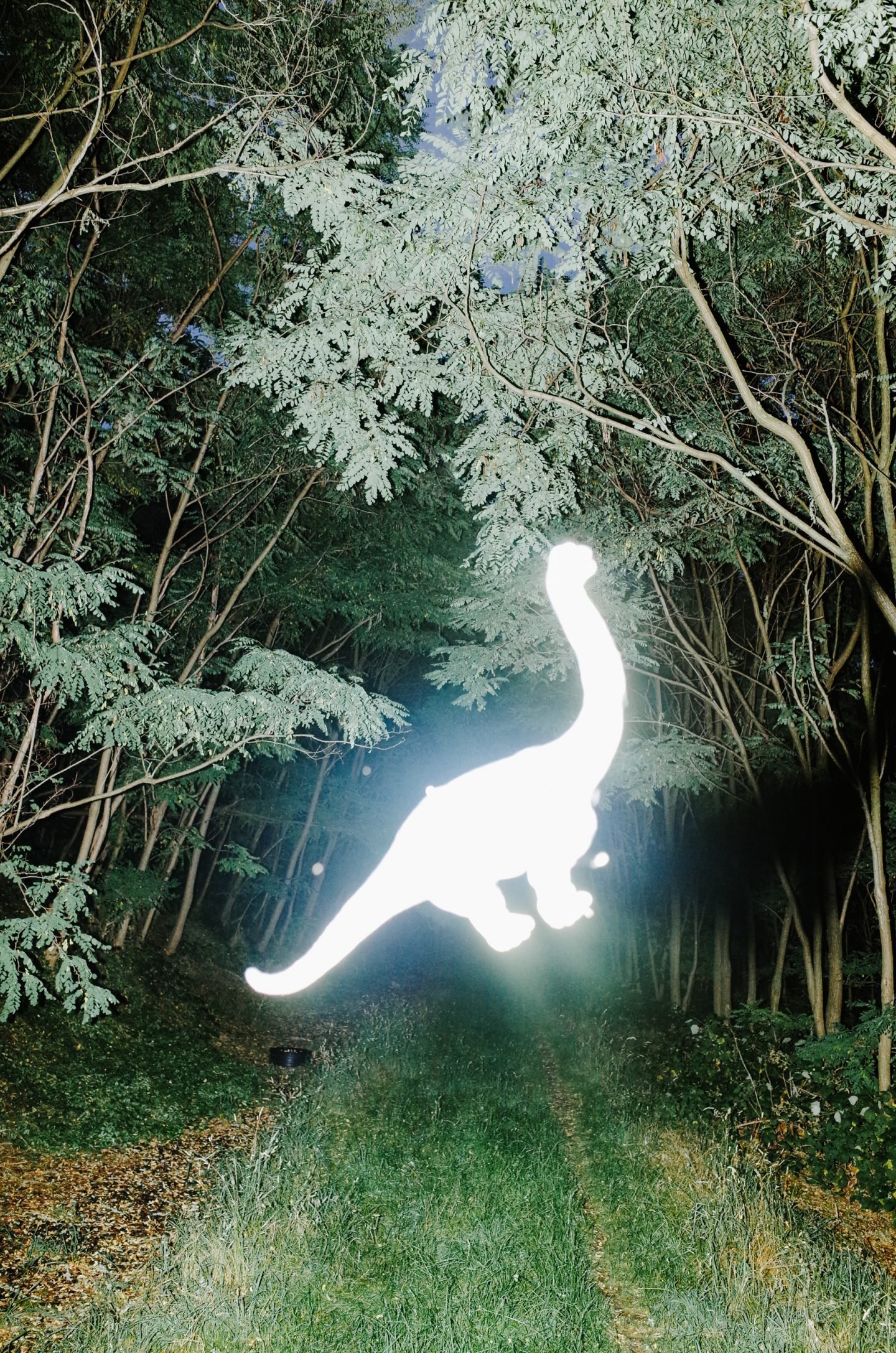
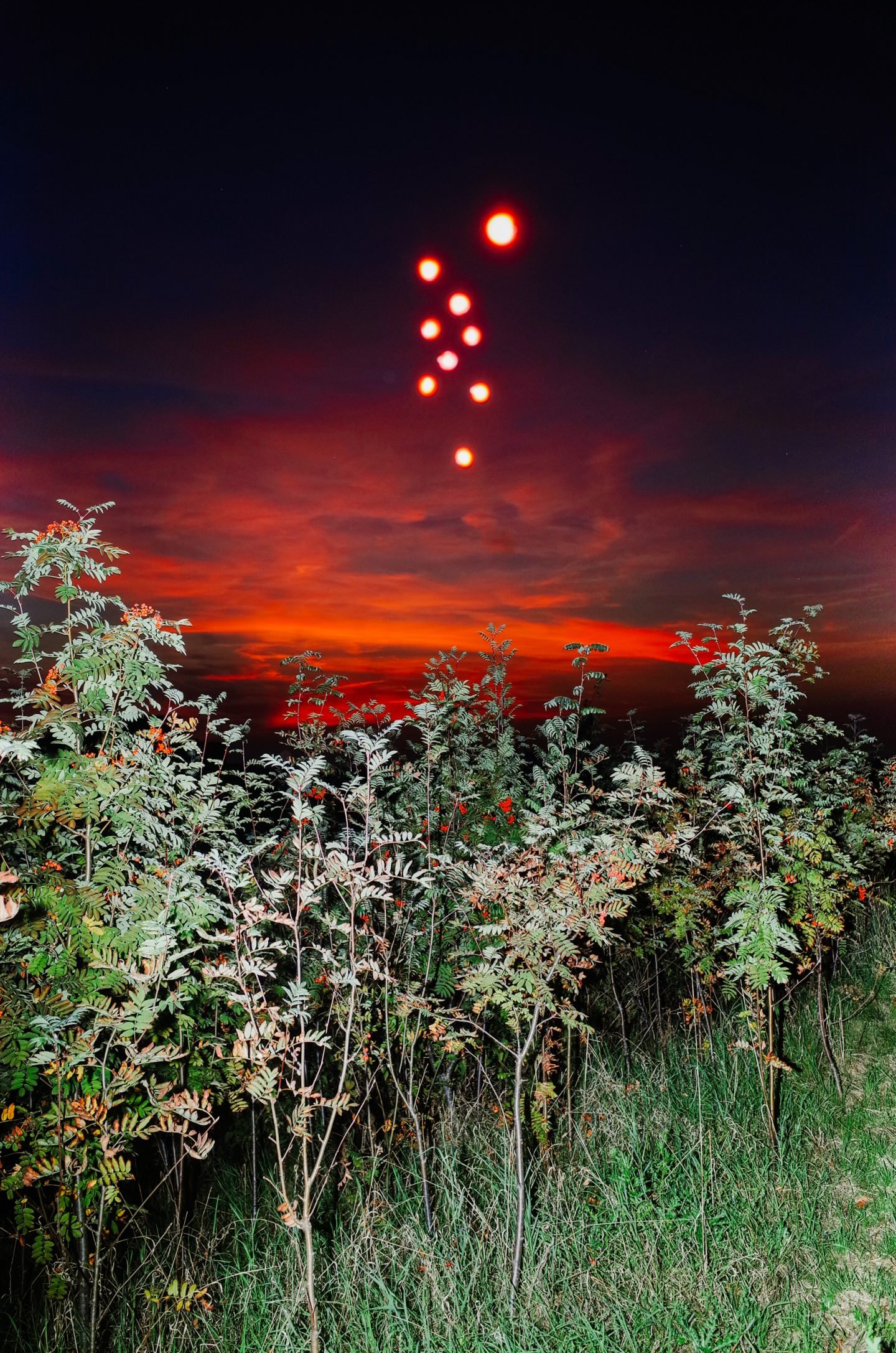
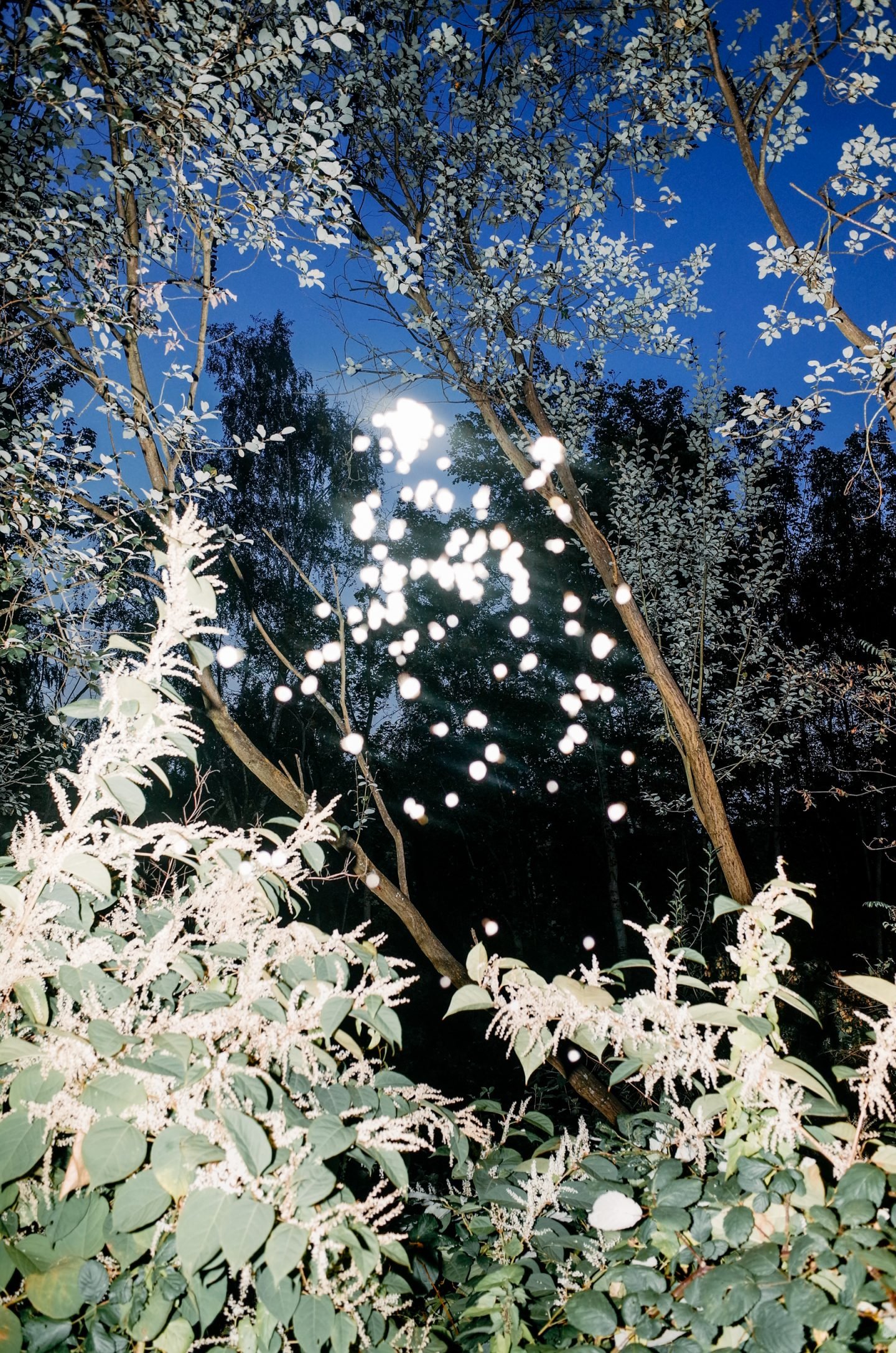
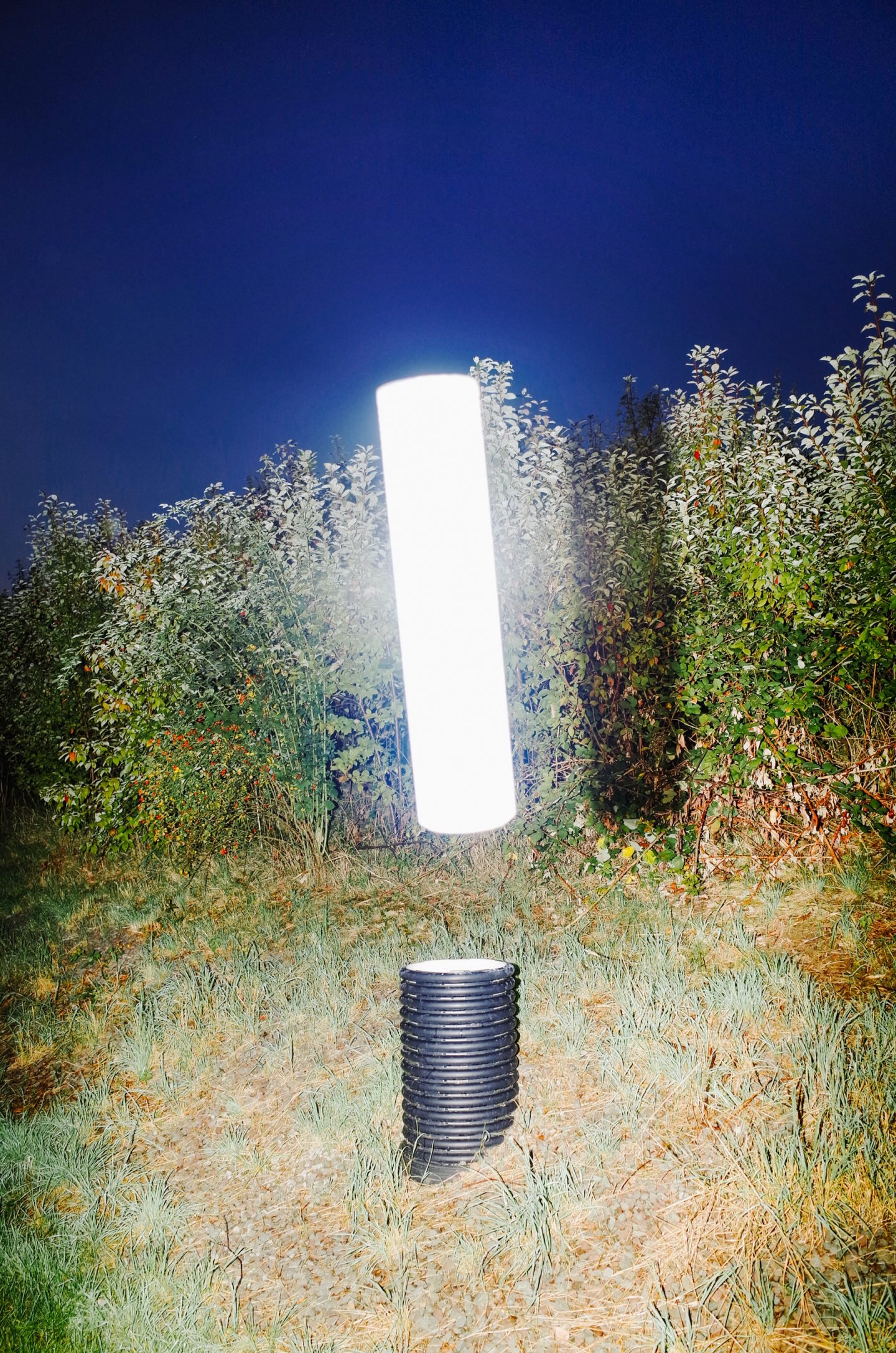
All images © Max Slobodda
